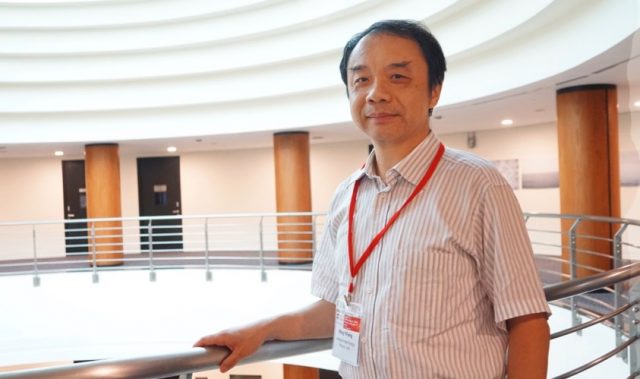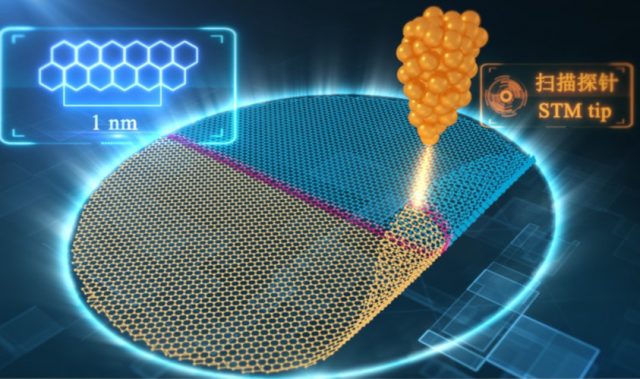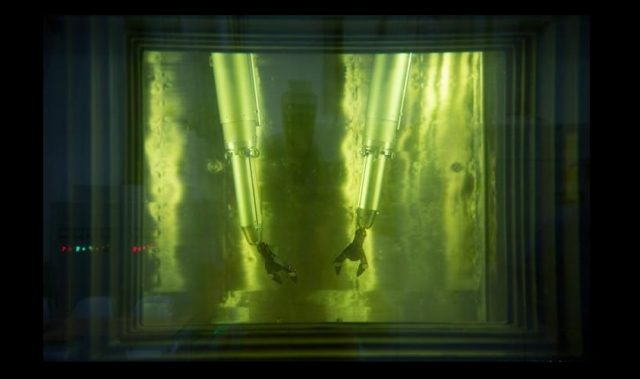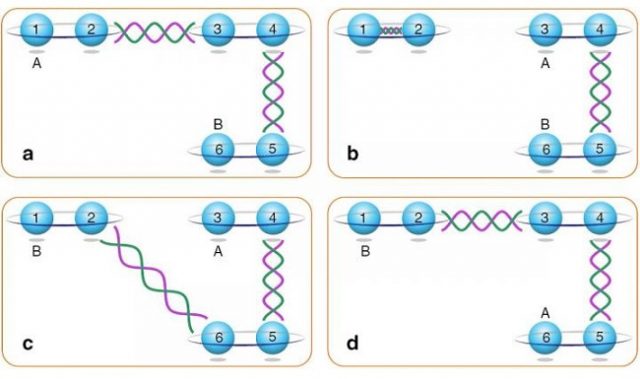
AsianScientist (Oct. 17, 2016) – A new paper published in Physical Review Letters sheds new light on one of the most pressing questions in particle physics–“do sterile neutrinos exist?”
Hints of a new type of neutrino beyond the well-known three types (electron, muon, and tau neutrinos) first surfaced in the 1990s when scientists at the Los Alamos National Laboratory were looking for neutrino oscillations-the ability of one type of neutrino to morph into another type. The Liquid Scintillator Neutrino Detector (LSND) experiment at Los Alamos announced evidence of muon neutrinos oscillating into electron neutrinos. If the LSND results are correct, then there’s a fourth type of neutrino.
But this neutrino would have to be much stranger than anything seen before—sterile, as it does not interact with matter except through gravity. Light sterile neutrinos are also among the leading candidates to resolve some outstanding puzzles in astrophysics and cosmology. Over the last twenty years, a number of experiments have tried to confirm or refute the LSND findings, but the results have been inconclusive.
The Main Injector Neutrino Oscillation Search (MINOS) and Daya Bay experiments results strongly suggest that the ghost-like sterile neutrinos do not explain the LSND result after all. The MINOS experiment uses an intense beam of muon neutrinos that travels 735 km from the Fermi National Accelerator Laboratory in Chicago to the Soudan Underground Laboratory in northern Minnesota. If sterile neutrinos exist, then some of these muon neutrinos will disappear at a faster rate than if sterile neutrinos don’t exist. Unfortunately, scientists working on the MINOS experiment have shown that this does not happen.
Meanwhile, the Daya Bay experiment looked at electron antineutrinos coming from a nuclear power plant in the Guangdong province of China. Researchers from Los Alamos Laboratory and the University of Illinois at Urbana-Champaign, IL observed that some of these antineutrinos disappear, and measured for the first time one of the parameters governing neutrino oscillations. A sterile neutrino would affect the rate at which these electron antineutrinos disappear, but the Daya Bay scientists have seen no evidence for this.
“Looking at multiple types of neutrinos together gives us a much stronger handle on sterile neutrinos,” said Dr. Huang En-Chuan, one of the scientists working on the Daya Bay experiment.
The joint result has significantly shrunk the hiding space for a light sterile neutrino. Both the MINOS and Daya Bay experiments are continuing to analyze more data, and an even more sensitive search for the sterile neutrino is anticipated.
The article can be found at: Adamson et al. (2016) Limits on Active to Sterile Neutrino Oscillations from Disappearance Searches in the MINOS, Daya Bay, and Bugey-3 Experiments.
———
Source: Chinese Academy of Sciences; Photo: Daya Bay Reactor Neutrino Experiment.
Disclaimer: This article does not necessarily reflect the views of AsianScientist or its staff.












